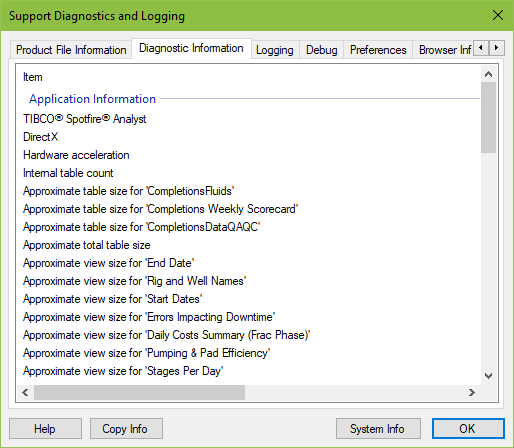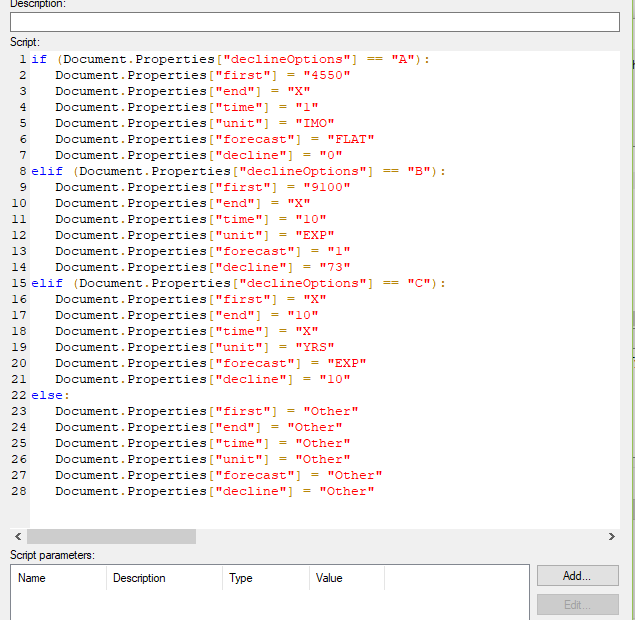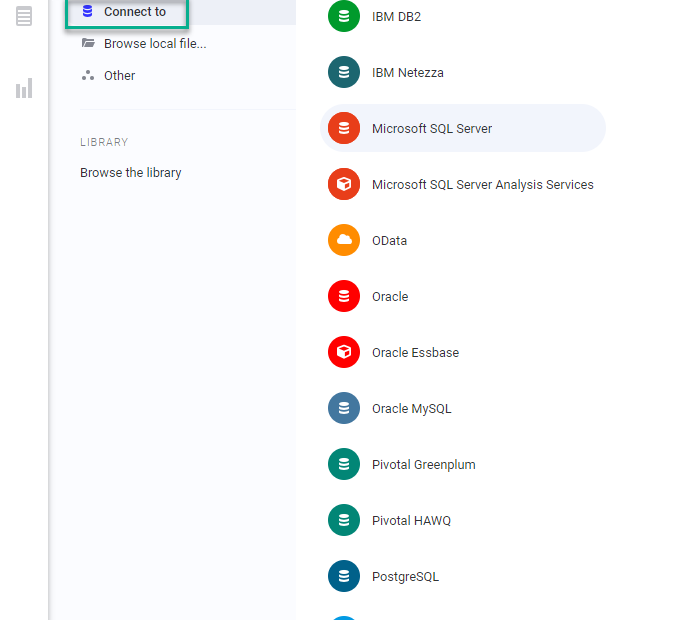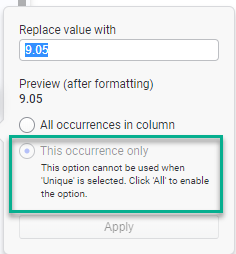I’ve never found a great way to explain what I do. Analogies help right? The first analogous thing that pops into my head is a Rubix cube. My day to day work feels like trying to solve a Rubix cube over and over, and the cube is a big pile of dirty, messy data. Thus, much of my day to day is troubleshooting data wrangling problems.
Some days, it’s incredibly satisfying, as solving a Rubix cube is. Other days, I want to rip the stickers off and throw it out the window. When I drafted this post, I was in “rip the stickers off” mode. I was frustrated with how long it took to solve data wrangling problems. When I get in that mindset, I want to share what I learn so other people don’t suffer as much. Thus, this post discusses my top 5 ways to approach troubleshooting data problems. These methods will apply no matter what application you are working in or if the problem is related to data wrangling or logic problems. Read on for details.
Read More »5 Tip for Troubleshooting Data Wrangling Problems 





